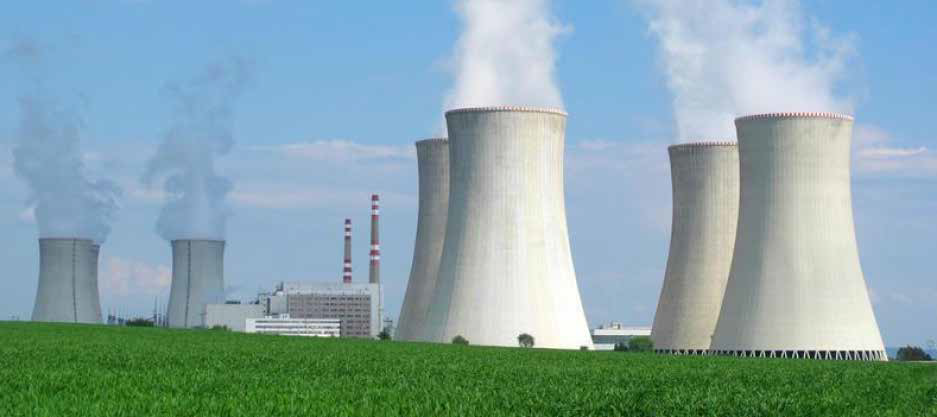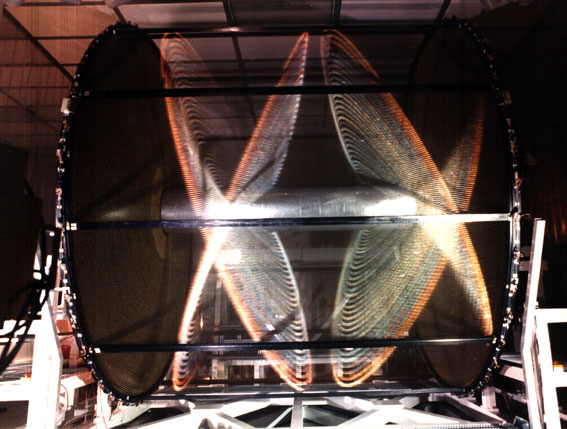The use of virtual prototyping tools in the design of Generation IV Nuclear Energy Systems
Interview with Fabrizio Magugliani, Sr. Engineer, Aero/Thermo Analytical Design, Ansaldo Nucleare SpA
Newsletter EnginSoft Year 13 n°1


Ansaldo Nucleare is a company fully owned by Ansaldo Energia.
The Company has the complete responsibility for the nuclear business and well established in the new international markets.
In Italy, Ansaldo Nucleare is recognized as the main industrial company in the nuclear sector.
Read the articleCASE STUDY
In our two-part feature article, Livio Furlan explains how numerical simulation is used to design and plan structures that will resist the specific environmental characteristics of marine mineral resource extraction, as well as its role in meeting standards and regulatory certification.
oil-gas

CASE STUDY
The ultimate goal of the study was to optimize the Drift Chamber’s performance in terms of stiffness, strength and weight o be mounted on the Mu2e particle detector at FermiLAB in Chicago
construction modefrontier ansys optimization energy